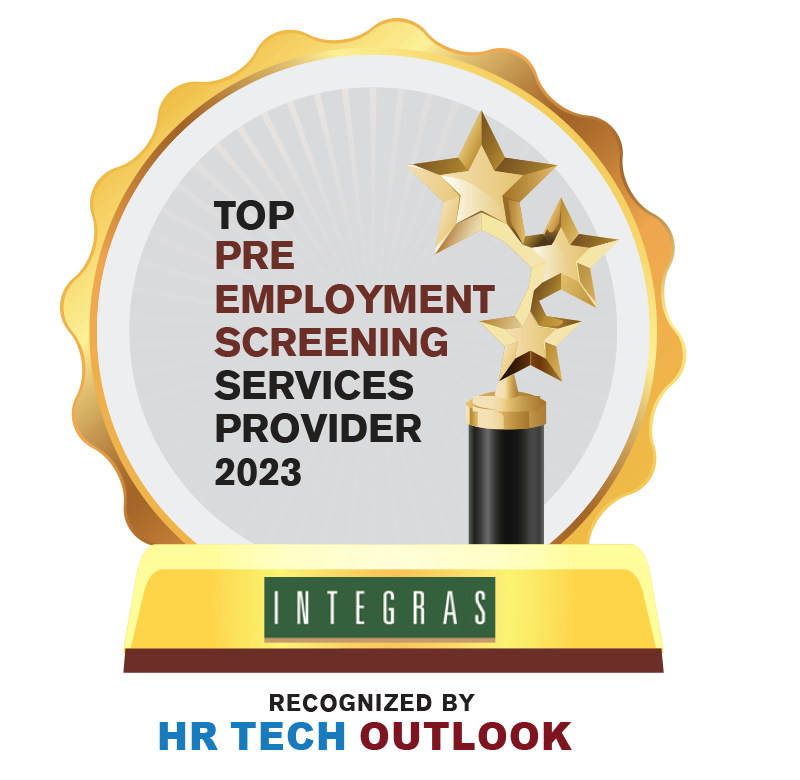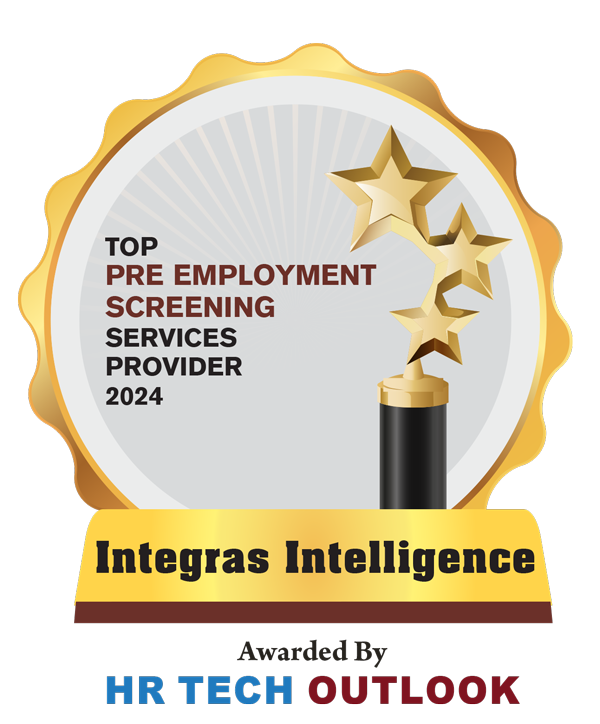
As the pandemic continues, those of us lucky enough to work from home are doing so to limit our exposure to the coronavirus that causes COVID-19.
But what happens if you and your employees cannot work remotely some, or all, of the time? Will your company be ready to conduct business in a new environment where employees, visitors, and the general public will require additional safeguards? Will your business be able to comply with the Centers for Disease Control and Prevention (CDC) and Occupational Safety and Health Administration (OSHA) guidance and safety concerns?
As government officials and health experts work to establish parameters for reopening places of business, now is the time to assess your needs to return to work safely. The guidelines below—drawn from public resources such as the CDC website, health experts and crisis management personnel—offer a starting point as you begin this critical analysis. Given the dynamic nature of the situation, the guidelines will likely evolve as more information becomes available.
Keep in mind that each work environment is different, and not all of the steps may apply to your workplace.
Assessment
The first step to reopening the workplace requires conducting an assessment and making necessary changes to your work environment. Understanding your business and operations in this new world will be critical to restarting. Presented below are only some items to consider:
Chain of Command
To guide the effort, establish a chain of command specific to returning to work that defines roles and responsibilities throughout the reopening process. Some key points of concern include:
- Who is responsible for preventing workplace exposure and mitigation?
- How are developments related to COVID-19 monitored? Who is responsible for this? How is the information distributed?
- Who is responsible for documenting the company’s efforts, and how will they be documented?
Understand Local and State and Federal Mandates
Before starting the assessment, it will be critical that you understand the current requirements at the state, local and federal levels.
Who Needs to Return?
Analyze the workforce to determine who needs to return immediately and what services/functions can be delayed.
Physical Space
Assess the work environment to determine potential exposure in each area as a result of interpersonal contact and the inability to maintain social distance:
- Entry and exit into building and/or dedicated space (e.g., doors, lobby, elevators)
- Layout of dedicated space (e.g., space between employee workstations, barriers)
- Reception area(s)
- Conference room(s)
- Break room(s)
- Bathroom(s)
- Mailroom
- Loading dock
Hours of Operation & Employee Work Schedules
- Are hours of operation or work shifts creating a higher level of exposure?
- Are all employees required to work the same hours?
- Can work be staggered to allow better social distancing in the workplace?
Non-Employees (Customers/Visitors, Deliveries, etc.)
- What days/times are customers/visitors allowed? What is the process for gaining entry and subsequent access to the space? What exposure do visitors have during this process?
- What days/times are deliveries accepted? What exposure risks are present during delivery? How are packages handled?
COVID-19 Policies and Procedures
- Is there a procedure for measuring body temperature prior to gaining entry?
- What is the policy for employees experiencing COVID-19 symptoms?
- What is the policy for employees not experiencing symptoms but who have been exposed to someone who has and/or tested positive?
- What is the policy for anyone confirmed as having COVID-19 to return to the workplace?
- What is your policy related to confidentiality for those who have been impacted?
Work from Home Policy
- What is your current policy?
- How did you adjust the policy during the pandemic crisis?
- What were the positives and negatives of the adjustments made?
Sick Leave Policy
- What is your current policy? In reviewing this policy, focus on ensuring compliance with state and federal guidelines.
Workplace Exposure and Mitigation
- Is hand sanitizer available throughout the facility for use by employees and visitors? How often is it replenished?
- Is there antimicrobial soap and water available in the restrooms? How often are these items replenished? How many people are allowed in the restroom at once?
- What is the policy for cleaning/disinfecting common areas?
- What is the policy for cleaning/disinfecting frequently touched objects and surfaces within the workstations, such as keyboard, mice, telephones, etc.?
- Are masks available to employees for use?
- Are gloves available for use?
- Are antimicrobial wipes and/or disinfectant and paper towels available for use?
- Are there touchless trash receptacles?
- Are there markers on the floor in common areas (e.g.,rest rooms, break rooms, etc.) to ensure that people maintain proper social distance?
- Are there signs providing guidance to employees on maintaining a safe work environment? Are there consequences for non-compliance?
- Do employees share work areas, tools, equipment, etc.? If so, what is the policy for cleaning/disinfecting these items?
Communication
- What are your current communication policies for disseminating information related to COVID-19 and other workplace policies/procedures to employees and visitors?
Post Assessment & Implementation
Following the relevant steps in the above assessment should allow you to identify any gaps in your business for maintaining a safe work environment. In addition to making and documenting the appropriate changes, a formal plan for regularly reassessing needs should also be in place.
Prior to reopening the workplace, clear communication should be sent to all appropriate parties, informing them of what to expect. Just as importantly, a feedback collection system should be implemented to assist in determining the optimal long-term solution for operating your particular business.
As we prepare to return to business, we all share responsibility for preventing the further spread of COVID-19 by maintaining healthy home, work and social environments.
We hope you found these guidelines helpful. For assistance in conducting a workplace safety assessment, please contact us at 212-871-1274.













2 Responses
Thank you, James Tierney. I’ll keep these guidelines in mind as I get back to my supervisor positions. Thank you.